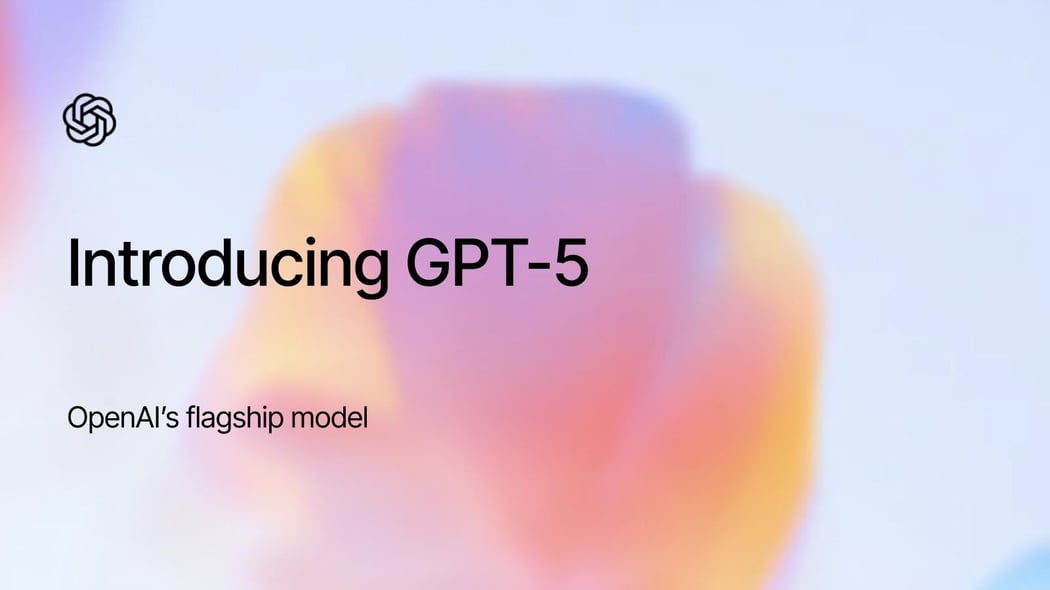Vision Transformer (ViT)
Discover the power of Vision Transformers (ViTs) in computer vision. Learn how they outperform CNNs by capturing global image context.
A Vision Transformer (ViT) is a type of neural network architecture that applies the highly successful Transformer model, originally designed for natural language processing (NLP), to computer vision (CV) tasks. Introduced by Google researchers in the paper "An Image is Worth 16x16 Words", ViTs represent a significant departure from the dominant Convolutional Neural Network (CNN) architectures. Instead of processing images with sliding filters, a ViT treats an image as a sequence of patches, enabling it to capture global relationships between different parts of an image using the self-attention mechanism.
ViT Vs. CNNs
While both ViTs and CNNs are foundational architectures in computer vision, they differ significantly in their approach:
- Inductive Bias: CNNs possess strong inductive biases (assumptions about the data) like locality and translation equivariance through their convolution and pooling layers. ViTs have much weaker inductive biases, making them more flexible but also more dependent on learning patterns directly from data.
- Data Dependency: Due to their weaker biases, ViTs generally require massive datasets (e.g., ImageNet-21k) or extensive pre-training to outperform state-of-the-art CNNs. With smaller datasets, CNNs often generalize better. This is why transfer learning is critical for ViTs.
- Global vs. Local Context: CNNs build up hierarchical features from local patterns to global ones. In contrast, ViTs can model global interactions between patches from the earliest layers, potentially capturing broader context more effectively for certain tasks.
- Computational Cost: Training ViTs can be computationally intensive, often requiring significant GPU resources. Frameworks like PyTorch and TensorFlow provide implementations for training these models.
Applications and Hybrid Models
ViTs have shown exceptional performance in various applications, especially where understanding global context is key.
- Medical Image Analysis: ViTs are highly effective for analyzing medical scans like MRIs or histopathology images. For example, in tumor detection, a ViT can identify relationships between distant tissues, helping to classify tumors more accurately than models that focus only on local textures.
- Autonomous Driving: In self-driving cars, ViTs can analyze complex scenes for object detection and segmentation. By processing the entire scene globally, they can better understand the interactions between vehicles, pedestrians, and infrastructure, as detailed by multiple automotive AI studies.
The success of ViTs has also inspired hybrid architectures. Models like RT-DETR combine a CNN backbone for efficient feature extraction with a Transformer-based encoder-decoder to model object relationships. This approach aims to get the best of both worlds: the efficiency of CNNs and the global context awareness of Transformers.
For many real-time applications, especially on resource-constrained edge devices, highly optimized CNN-based models like the Ultralytics YOLO family (e.g., YOLOv8 and YOLO11) often provide a better balance of speed and accuracy. You can see a detailed comparison between RT-DETR and YOLO11 to understand the trade-offs. The choice between a ViT and a CNN ultimately depends on the specific task, available data, and computational budget.








